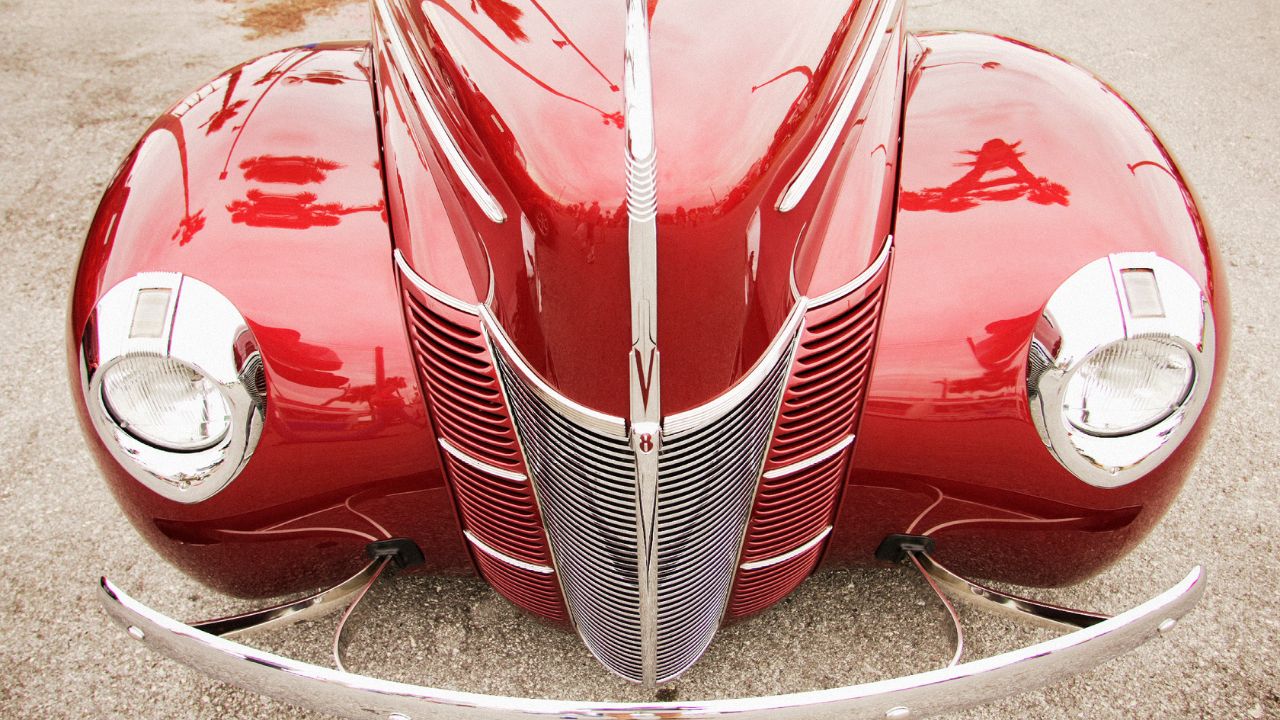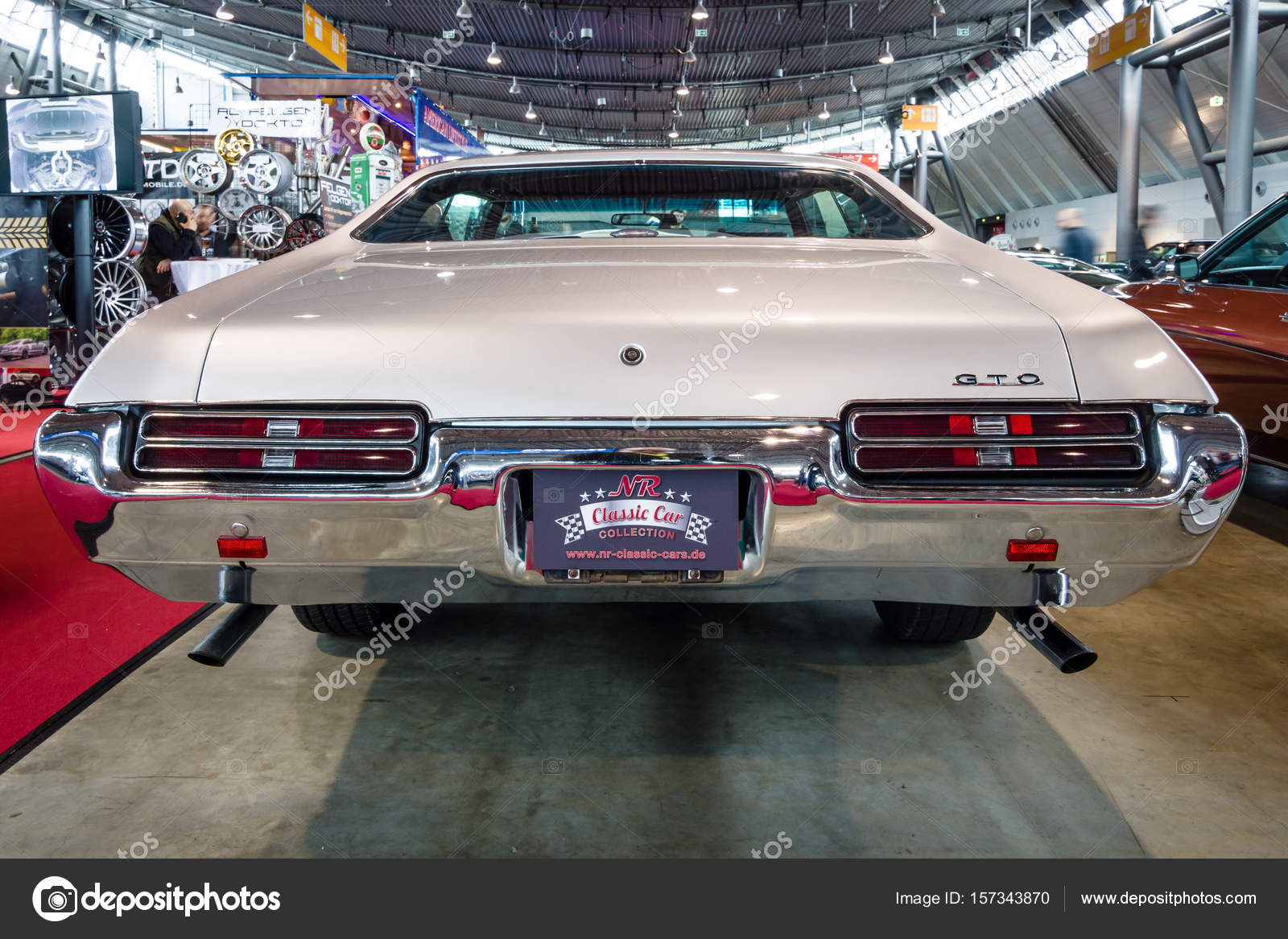
Pontiac automobiles are American automobiles owned by General Motors. They were originally manufactured by the Pontiac Motor Division of General Motors. General Motors produced and commercialized Pontiac cars from 1919 until 1973. Pontiac cars remain popular in many parts the world. This article discusses Pontiac’s historical background and some of its most beloved models. Continue reading to learn more about Pontiac, and why these cars are so special.
General Motors
Pontiac has been a leader in the sale of high-quality vehicles for a long time. Only one Pontiac was rolled off the factory line last year. The company's era has ended. Pontiac will no longer be available for purchase by the end 2010.

Silver Streak
From 1935 to 1956 Silver Streak Pontiacs could be identified by the parallel ridges on their trunk and hood. These ridges reminded me of old-fashioned suspenders. Pontiac's styling was unique, but the car had its flaws. Here is a brief history about the Silver Streak. Pontiac began to make more modern vehicles after the war.
G-body models
The classic, boxy design of the Pontiac G-body models cut a stylish profile in a time when boxy was in. G-body models are so practical that even wagon enthusiasts have developed a cult following. The G-body models can be modified easily and there is a lot of aftermarket support. Here are some methods to improve your G'body. These are some tips to increase the performance of Pontiac.
1973 Redesign
The Redesign Pontiac cars of 1972 led to a dramatic increase in production of full size vehicles. Production of the Pontiac Catalina was nearly as high as the total Pontiac model demand in 1971. The Bonneville and Grand Ville also saw substantial gains. The redesign of the 1973 Pontiac car lineup saw significant changes to the full-size line. The car's new look featured a substantial energy-absorbing bumper, and a full width grille with horizontal bars.
1980s body styling changes
Pontiac became more focused on luxury and convenience than ensuring roadability as the market matured for midsize vehicles. One exception to this trend is the Grand Am. This model was part a revamped line that featured "Colonnade." styling. Grand Prix luxury was the Grand Am's goal. Bill Collins was the assistant chief engineer for the first GTO. John Seaton was a chassis expert. Collins wanted to replicate European sedans.

Last model sold in 2010,
The Pontiac brand is ending after more than 80 years. During the last couple of years, the brand became unprofitable and it sold rebadged Chevrolets below its own brand price. Although the rebadging was required to stay competitive with Chevrolet, the cars were not as good as its rivals. Eventually, Pontiac was canceled. The Pontiac Vibe was the last Pontiac car model sold in the United States in 2010.
FAQ
What qualifications are required to become a mechanic
To become a mechanic, you'll need to pass a series of exams. These include:
-
A general knowledge test
-
A practical exam
-
An apprenticeship test
These tests are intended to make sure you have a solid understanding of the basics of mechanics before you can start your career as a mechanic.
After passing these tests, you will be eligible to become a mechanic. You'll still need an apprenticeship. This will require you to learn the trade.
To be able to repair vehicles, you'll need classes or workshops. Working alongside skilled mechanics is also a must.
To be a successful mechanic, you will need to have a high degree of concentration and attention. Vehicle repairs require you to be very attentive.
To become a successful mechanic you'll need patience. If you don’t enjoy following instructions, this might not be the right career path.
But if you love cars and enjoy fixing them, you could be very happy in this line of work.
Is it difficult to become a mechanic apprentice
It's not easy, however, it is very rewarding and offers many opportunities for growth.
You must be patient and persistent. You will also need to be able fix cars, trucks and motorcycles.
Customers and family members can put a lot pressure on you. They want you to succeed. You shouldn't feel pressured to make decisions that you don't like.
This is a career that you might enjoy if you are passionate about fixing cars. This is a job that allows you to earn a decent income and grow your business.
But you may prefer another path. This is where you might be interested in becoming a technician.
This could involve using your technical knowledge to support other employees. You might be able to assist technicians in troubleshooting problems or teach them new techniques.
Another option is to become a service advisor. You will offer assistance and advice to customers when they bring cars to a garage.
The decision you make will depend on what you are looking for. There are many options to choose from, and it is up to you which one suits you the best.
How long is an automotive course?
A course in automotive lasts three years.
The first year is dedicated to theory and learning about cars. The second year is spent on practical training where you learn how to drive, fix engines, and do other mechanical jobs around the car. The last year of your training is spent on practical training, where you learn how to fix real-world problems.
Statistics
- According to the BLS, total auto technician employment is expected to exceed 705,000 by 2030. (uti.edu)
- 52% of Mechanics in the United States think their salaries are enough for the cost of living in their area. (indeed.com)
- According to the BLS, the median annual salary for automotive service technicians and mechanics in the United States was $44,050 in May 2020. (uti.edu)
External Links
How To
How to get certified as a mechanic
The mechanic's certifications are designed for people who want to become certified as professional automotive technicians. These certifications provide an overview of all aspects of auto repair including engine diagnostics and electrical systems, brakes. steering. fuel injection. air conditioning. heating. exhaust. diagnostic tools. body repairs. collision damage repair. collision repair. paintless dent removal. motor vehicle emissions testing.
The program consists of 12 hours of classroom instruction and three months of on-the-job training at a participating dealership. Students must complete a minimum of 60 clock hours of classroom study per semester and pass a written exam, including theory and practical questions. The National Institute for Automotive Service Excellence will administer the state exam to students who have completed the coursework. For employment as an automotive technician, certification by ASE is necessary.